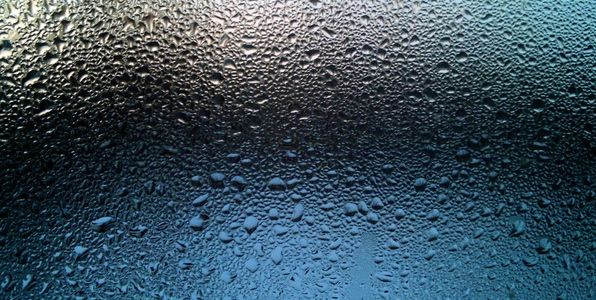3 Ways to Get Ready for Flu Season
Reduce Your Chances of Getting The Flu
Is winter synonymous with cold and flu outbreaks in your house? If so, you’re not alone — each year, around 700,000 people are hospitalized due to severe flu and last year was a particularly rough season. Fortunately, there are several steps you can take to lessen your family’s chances of coming down with the flu.
Hopefully you’re already employing good handwashing technique and avoiding exposure to sick family members or coworkers. Both of these practices help greatly in preventing the spread of sickness. Here are three more ways to keep influenza at bay as we approach peak flu season:
1. Get a Flu Shot
Flu season starts in October and lasts until the spring – that’s a long time to remain germ-free without a little help. The first and most obvious way you can prepare for flu season is by getting a flu shot. Remember, the flu shot varies in effectiveness: According to the CDC, over the last 8 years, the shot has been between 36-60% effective from season to season. However, it remains the agency’s top recommendation for flu prevention.
2. Buy a Humidifier
Try as you may to avoid it, someone in your family is bound to bring the flu virus home from work, school, or everyday errands. If you have small children, we don’t have to tell you that it feels impossible to avoid tracking germs home from school or childcare. There is hope, though: Controlling the humidity levels at home may help you stop influenza in its tracks after it comes through the door. That’s because cold and flu germs have a hard time thriving in humid environments.
One study funded by the National Institute for Occupational Safety and Health (NIOSH) found that when the humidity level was at 7-23%, more than 70% of flu particles can survive for more than an hour. When the humidity was raised to 43-57%, only between 14-22% of flu particles remained infectious.
In short, using a humidifier can lower the likelihood that family members will infect each other if any flu-related germs are carried into your home.
3. Give Your HVAC System a Tune-Up
Does your HVAC system have an air purifying feature? If not, an HVAC professional can add one and increase the quality of air filtration in your home. A good air purification system will eradicate nearly all airborne germs (as much as 95%).
You should also treat your HVAC to new filters before flu season, whether or not you have an advanced purification system. Increasing the MERV value of your filters will allow your heater to catch smaller particles, making it more likely to capture influenza before circulating contaminated air into another room.
Finally, you can add a UV light to your HVAC system to kill even more germs before they enter your vents. Just as UV lights are often used to sterilize the air quality in hospitals and medical centers, they help you keep your home from becoming a welcoming environment to dangerous viruses.
Are you ready to tackle flu season head on? Start planning today! Contact Bob Jenson Air Conditioning and Heating to schedule a duct cleaning, filter change, and evaluation of your current system. If you work toward flu-proofing your home now, you may finally enjoy a winter without taking a sick day! For more posts on how to make it through the winter season, check out our blog compilation.


